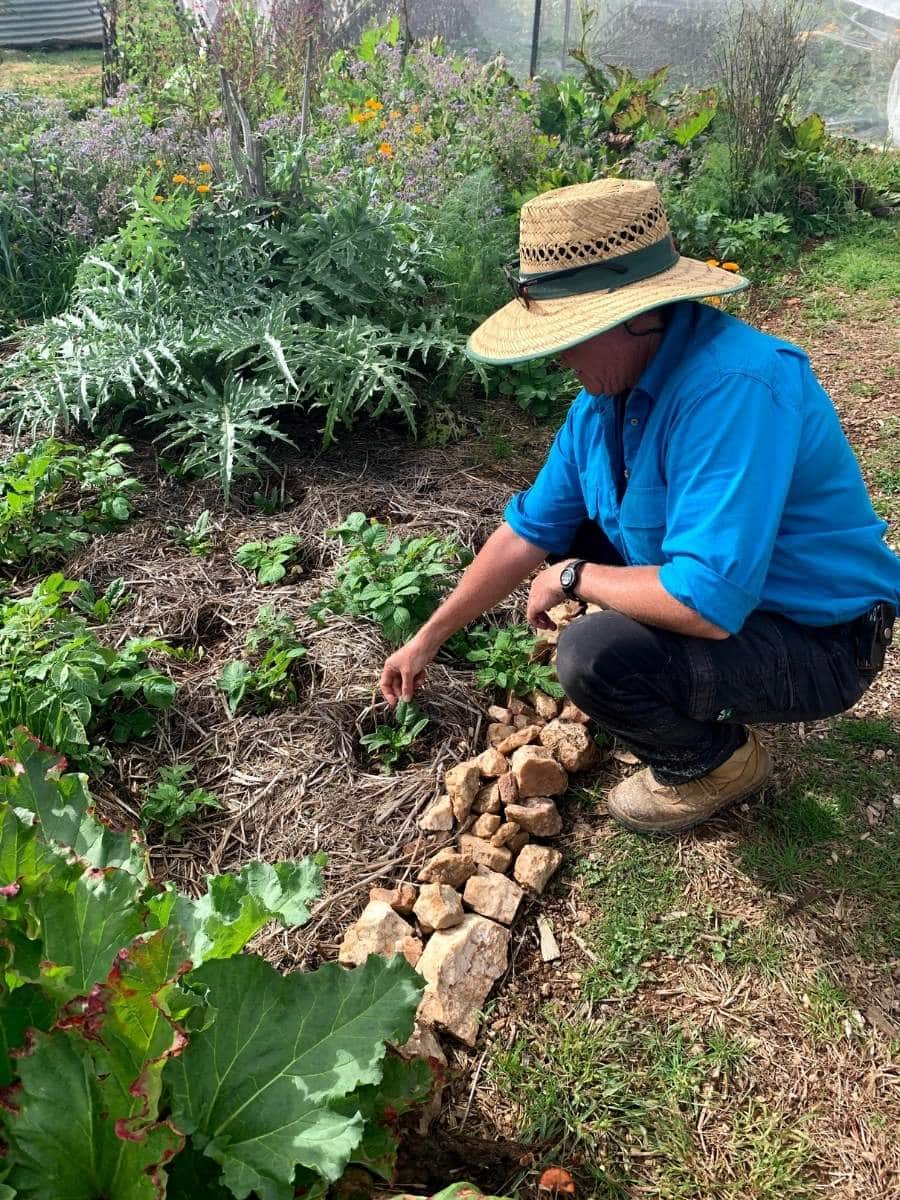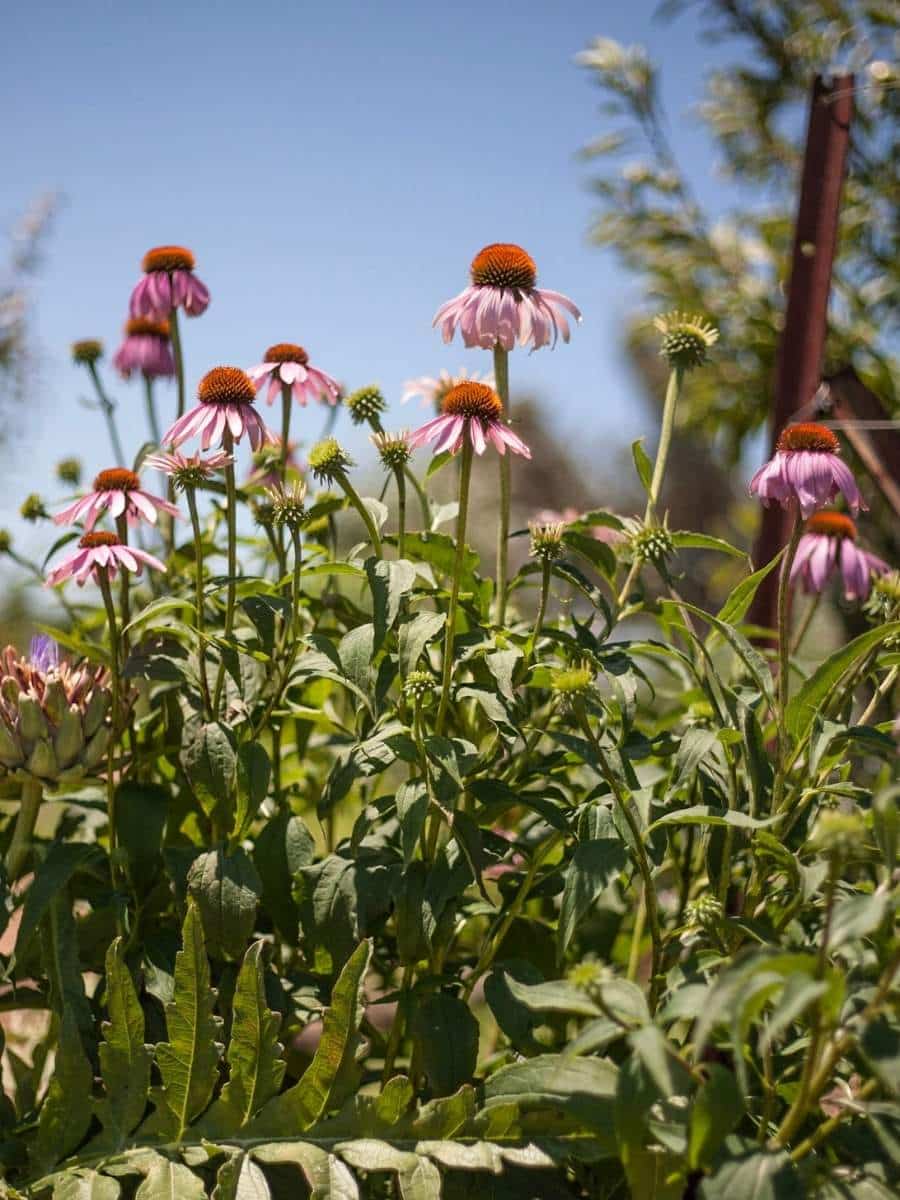How to get the best out of your garden and plants
Companion planting is widely used in permaculture practices in lieu of chemicals and pesticides. As an organic and biodynamic property, we’ve adopted many of the permaculture philosophies, looking to nature for guidance when cultivating biodiversity. Here’s how you can take some of these practices into your own garden at home.
What is companion planting?
Companion planting helps keep pests out of your garden and support the mutual growth of all your plants by pairing suitable seeds (particularly herbs and vegetables) together, without the need for artificial fertilisers, chemicals or pesticides.
Some plants make good companions because their water and nutrient needs are different or not in direct competition, while others go well together because their roots grow to different depths.
Generally, large, mono-cultured crops attract damaging amounts of the same insects, and it’s these patterns that create the need for pesticides and sprays. But a diverse garden with vegetables, herbs, fruit and flowers all planted together creates a more resilient and naturally-driven ecosystem.
Tips from Zin House head gardener, Carola
The Zin House permaculture garden could be mistaken for wildly or unkept, but it is this diversity and inconsistency that allows it to thrive. However, in the same way some plants flourish together, there are also plants that don’t get along. So much of my work involves trial, error and observation to plan where - and with what - each new seed should be planted.
From Carola’s observations over the years, she’s identified a number of plants that make good companions. For example, when a heavy amount of basil is planted alongside tomatoes it acts as a natural repellent for flies and mosquitoes.
Here are a few other of the best plants to put side by side for a healthy garden:
- Garlic & tomatoes
- Carrots & tomatoes
- Strawberries & lettuce
- Lettuce & carrots
- Spinach & strawberries
- Borage & strawberries / tomatoes
- Mint & cabbage / tomatoes
- Brassicas (broccoli, cabbage, cauliflower) & nasturtium or sage

The best plants for an organic garden
While all plants have their purpose in our gardens, there are a few superstars whose versatility make for the ultimate companion plants. These are Carola’s top plants for a healthy garden this summer:
Marigold
Marigold flowers attract beneficial insects such as ladybugs, while its secretions help eliminate whitefly, eelworms and root-knot nematodes (microscopic worms that damage the roots of vegetables). This is an especially helpful companion for tomatoes which are very susceptible to nematodes.
Nasturtium
Nasturtium plants secret a mustard oil that many insects are attracted to, thus acting as a sacrificial crop in the garden. Additionally the flowers are great attractors for pollinating insects.
Calendulas
A popular companion for spring dishes at Zin House, the edible calendula flowers also attract beneficial insects and repel unwanted pests like tomato worms and nematodes.
Basil
Besides being a staple in many summer dishes, the strong scent of basil also helps repel flies and mosquitoes.
Legume Plants
Plants in the legume family, like beans and peas, encourage growth in neighbouring plants and tend to be deep-rooted, which aerates the soil to the benefit of nearby seeds.
Come see for yourself
A successful produce harvest from our gardens is particularly important, as it forms the basis of our menu at The Zin House. Thankfully, many companion plants are complementary on the plate as well, providing a touch of colour and flavour to dishes including salads and desserts. Fresh, house-grown tea is a staple finish to dining at Zin, with borage, mint or calendula all fast favourites.
You will find our chefs and gardeners plodding away in the beds, harvesting and planting, everyday at Lowe. They are always happy to answer questions or provide some tips, so be sure to come find them when you’re here.
Words by Hannah Endensor, Tips by Carola Kay, Images by Tim White.




